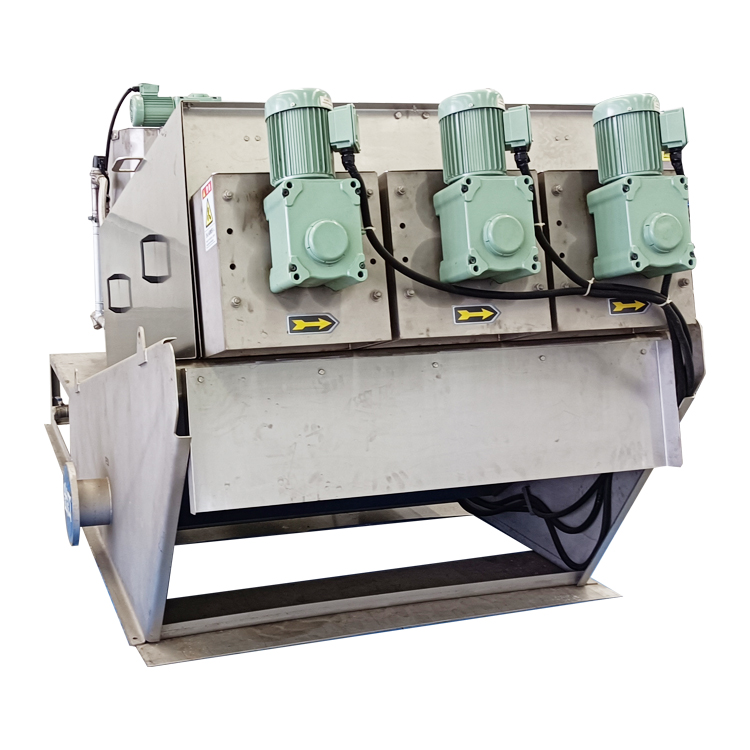Microbiology is the key to reducing wastewater sludge
Sludge poses significant problems for wastewater treatment plants. With its pathogen content and unstable nature, sludge is a hazard to both human health and the environment. What can we do about it? The answer is to aggressively process it, reduce pathogen levels, and stabilize the biosolids. There are several traditional sludge processing methods — namely dewatering, thickening, alkaline stabilization, and aerobic digestion — but none of these methods offer the efficiency and results of modern microbiological solutions.

Microbiological treatment (i.e, anaerobic digestion) is key to breaking down sludge and bringing new levels of efficiency to the entire wastewater processing cycle. Today’s anaerobic methods are more effective than ever, and they’re paving the way for better sludge solutions.
The problem(s) with sludge
Depending on the population it serves, a wastewater treatment facility may generate a dry weight average of hundreds of thousands of tons of sludge each year. A byproduct of the water treatment process, sludge is unstable and decomposable and requires further processing before it finds useful life as a biosolid.
While sludge composition varies from facility to facility — and even batch to batch — its volatile nature poses the most significant problem. Sludge includes both organic and inorganic materials, making a one-size-fits-all mode of processing difficult. There are frequently specialized contaminant concerns present, including trace metals, chemicals, and pathogenic microorganisms, such as bacteria, protozoans, and even eukaryotes.
Put simply, sewage sludge is unstable, hazardous, and difficult to treat effectively. The goal is to recover as much usable biosolid content as possible while reducing or eliminating dangerous pathogen content. The path from volatile sludge to stable, beneficial biosolid is an arduous uphill battle.
Microbiological benefits
Microbiological treatments for wastewater sludge are on the rise for several reasons — not least because they meet the customization criteria necessary to effectively stabilize sludge. Bacteria trained to feed on volatile compounds improve and expedite sludge processing and introduce cost and environmental benefits.
Benefits of tailored microbiological treatment programs for sludge processing include:
Increased solids content to bring stability to sludge — similar to dewatering results
Reduced odor makes biosolids applicable for composting
Decreased volatile solids to ensure safety and reduce environmental impact
Decreased viable pathogens reduce the prevalence of lingering microbes
Conservation of plant nutrients to create a more robust biosolid profile
An anaerobic approach to sludge treatment allows bacteria to go to work with a specific focus — to promote the production of rich biosolids. Compare this approach with other techniques, such as alkaline stabilization — which typically relies on lime to kill pathogens and stabilize organics. The former offers targeted sludge stabilization; the latter is a blanket approach.
Innovation at the microbial scale
It’s important to understand not all microbiological solutions are the same. There are different modes and methods of introducing bacterium to the sludge treatment process.
Spore treatments — colloquially called “bug in a jug” — rely on microbes in their spore state. Introduced to the sludge processing environment, these spores activate and become a burgeoning bacterial presence that eventually works to stabilize biosolids. Spore treatments are extremely effective, but they can also be expensive. Treatment plants must add spores to sludge processing systems daily to maintain the required presence of activated bacteria.
Microbiology solutions are the way forward
The amount of sludge produced by wastewater treatment will continue to rise as time goes on — as will the importance of reclaiming biosolids and improving wastewater treatment efficacy. Microbiological solutions are the answer to both and continue to lead innovation in wastewater processing.
Sludge is an ever-present part of the wastewater treatment process, and the problems it presents will continue to persist. A smarter wastewater treatment approach to sludge ensures efficient processing and mitigates persistent problems before they become disruptive.
